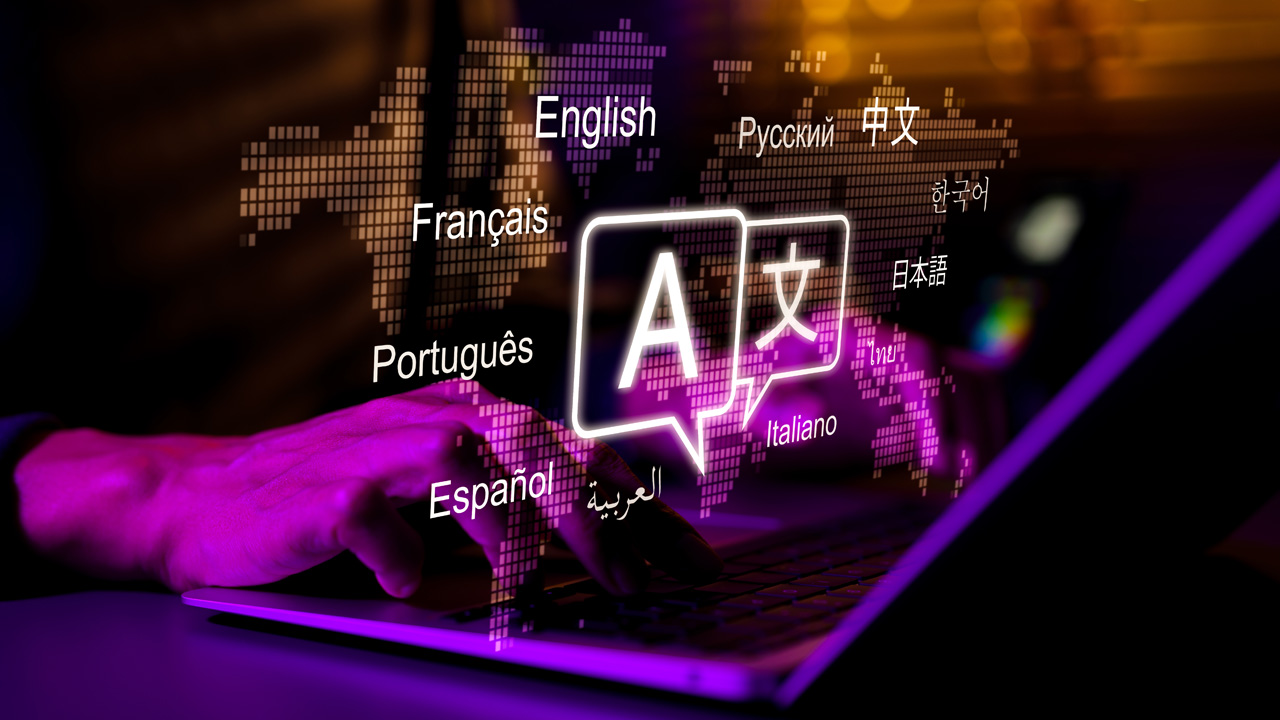Artificial intelligence continues to transform global communication, but effective multilingual AI must go beyond word-for-word translations to understand the cultural nuance that is integral to human communication. Language conveys information through complex relationships between linguistic characteristics, like speech sounds and written characters, and social context. Accurate translation must therefore account for the culture, traditions, values, and identities involved when communication takes place. AI lacking this nuanced understanding can unintentionally miscommunicate with users, with potentially disastrous consequences.
Developing culturally intelligent AI begins with representative, high-quality data. AI systems trained on narrow or homogeneous sources risk overlooking key variations in language and expression. Investing in diverse and inclusive LLM training data ensures models can capture culturally significant patterns and use them appropriately.
The Importance of Contextual Meaning
In 2017, a Palestinian man was arrested by Israeli police after AI mistranslated his "good morning" Facebook post as "attack them” (Hern, 2017). This was not an isolated incident, and stories such as these demonstrate the real-world dangers of mistranslation. As AI translation becomes increasingly ubiquitous, it is essential that model builders prioritize accuracy and cultural sensitivity when training their multilingual AI models.
Research suggests that up to 47% of contextual meaning is lost in traditional machine translation (Anik et al., 2025).
AI performance is impacted by the techniques and training data. Western-centric perspectives unintentionally marginalize smaller or less dominant languages and cultures. These biases risk cultural homogenization, eroding unique cultural identities and values.
Overlooking cultural nuances can lead to more than just embarrassment; it can have serious consequences, especially in critical fields like healthcare and public safety (Bovill, 2023). For example, inaccurate AI-generated translations in medical settings may result in dangerous misunderstandings regarding instructions or medications. While recent issues often stem from consumer product usage in B2C contexts, enterprises and governments aiming to integrate AI into their service delivery must carefully evaluate its applicability. Failure to do so could inadvertently harm trade, commerce, or individual freedoms due to biases and over-generalizations in system training.
For instance, the UK Prime Minister's AI Opportunities Action Plan emphasizes the need for responsible AI implementation to boost growth and living standards while ensuring public trust in this transformative technology (UK Government, 2025). Similarly, reports of AI-first strategies in government agencies highlight the importance of balancing efficiency with ethical considerations to prevent unintended consequences (Kelly, 2025).
Respecting and Enhancing Cultures through AI
The solution is culturally adaptive AI—systems intentionally designed with context-aware capabilities. For example, an AI translation system recognizing an idiom like "raining cats and dogs" would substitute an equivalent local idiom, preserving both meaning and cultural relevance. Localization strategies, such as using region-specific references and etiquette, further tailor AI interactions, enhancing authenticity and respect.
Initiatives are underway to address these challenges, including India's IndiaAI Mission (PIB Delhi, 2025). This government-led initiative aims to develop indigenous foundational AI models—such as Large Language Models, Multimodal Models, and Domain-Specific Models—that are culturally and linguistically aligned with India's diverse population.
Visualizing Appen’s Approach to Cultural AI Alignment (The How)
Appen employs a structured approach to build culturally intelligent multilingual LLM models:
- Expert Recruitment: Native-speaking linguists and cultural experts are selected.
Example: Hiring Arabic speakers familiar with Egyptian dialects. - Structured Dialogues: Contributors engage in multi-turn dialogues reflecting realistic interactions.
Example: Conversations covering local customs and societal nuances. - Response Ranking: AI-generated outputs are ranked based on coherence, fluency, accuracy, and relevance.
Example: Evaluating responses to greetings and everyday expressions for cultural accuracy. - Supervised Fine-Tuning: Feedback and rankings are converted into refined training data.
Example: Adjusting responses to correctly reflect local humor and social etiquette. - Culturally Aligned AI: Final AI models effectively communicate across diverse languages and cultures.
Example: AI customer service assistants delivering culturally appropriate greetings and problem resolutions.
Case Study: Enhancing a Multilingual LLM
Appen recently partnered with a global technology company to significantly boost a Large Language Model’s performance across more than 70 dialects and 30 languages. Over 250,000 dialogue interactions were meticulously ranked by native speakers, ensuring coherence, fluency, accuracy, and cultural relevance. Initially supporting only 10 dialects in 5 languages, the model’s capability expanded dramatically, delivering contextually accurate, culturally nuanced responses.
Make your AI Global Today
Truly global AI requires deliberate cultural alignment and ongoing LLM evaluation to ensure relevance and trust across all regions. AI systems that respect cultural diversity build trust, drive user satisfaction, and facilitate meaningful global connections.
Ready to ensure your AI communicates authentically across cultures? Partner with Appen to make your AI culturally intelligent and globally effective. Embrace diversity, enhance user experiences, and expand your global impact. Contact Appen today and transform your AI into a trusted global ambassador.
References
Anik, M. A. I., Muhtasim, D. M., Mahmud, M., & Bhuiyan, T. (2025). Evaluating translation loss in multilingual LLMs: A case for cultural and contextual nuance. arXiv. https://arxiv.org/html/2503.04827v1
Bovill, M. (2023, August 10). Federal parliament apologises to robodebt victims following royal commission findings. ABC News. https://www.abc.net.au/news/2023-08-10/federal-parliament-apologises-to-robodebt-victims/102707908
Hern, A. (2017, October 24). Facebook translates ‘good morning’ as ‘attack them’, leading to arrest. The Guardian. https://www.theguardian.com/technology/2017/oct/24/facebook-palestine-israel-translates-good-morning-attack-them-arrest
Kelly, M. (2025, March 7). Elon Musk lieutenant is now inside a powerful AI agency—and no one can stop it. Wired. https://www.wired.com/story/elon-musk-lieutenant-gsa-ai-agency/
Press Information Bureau (PIB) Delhi. (2025, February 7). Government to support development of indigenous AI models under IndiaAI Mission. https://pib.gov.in/PressReleasePage.aspx?PRID=2113095
UK Government. (2025, January 4). Prime Minister sets out blueprint to turbocharge AI. GOV.UK. https://www.gov.uk/government/news/prime-minister-sets-out-blueprint-to-turbocharge-ai



